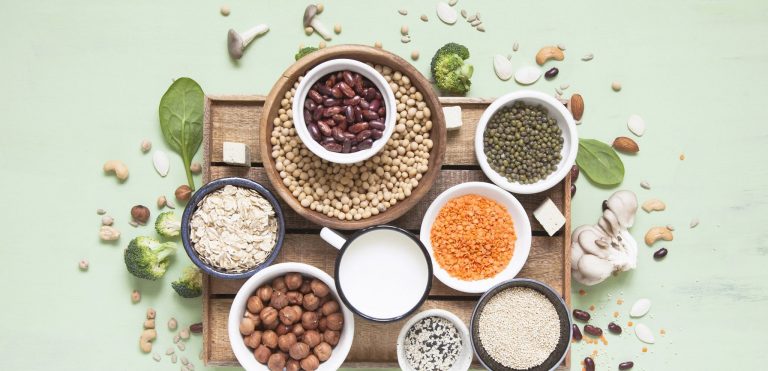Get ready for another battle! This time our competitors are some of the most popular out there. Loved by fans. Hated by keto warriors. They’re the carbs. And now winter is here. They’re ready to deliver comfort and nutrition.
In this corner we have rice. A classic accompaniment to meals. In the other, we have buckwheat joining us today amid controversy – tasty or just filling? Next up is cauliflower rice, as we debate whether it is a hipster trend or an all-new diet stable? In the final corner is potato, classic, tasty, and so diverse.
Let the battle begin.
Carbohydrates - love 'em or leave 'em?
Ah, carbs, the nutrient everyone loves to hate. With the growing popularity of low-carb diets such as Keto, it’s no surprise that carbohydrates are a hot topic. Below we’ll debate which is the best carb out there – quinoa vs rice vs buckwheat vs cauliflower rice vs potato – and see who comes out on top.
But first, what are carbs?
Carbs are a macronutrient essential for the body to function. They are found in many foods and drinks. Although the majority of carbs come from plant-based sources, they can also be found in others, such as additives, dairy products, and other foods. In general, carbohydrates can be broken down into 3 categories:
- Sugars. These are simple carbs. Often naturally occurring, they can be found in fruits, veggies, and dairy products.
- Starches. Time to get complex. Complex carbs that is. Starch is many sugar units bonded together. These can be found in veggies, legumes, and grains.
- Fibers. Another complex carb. Found in legumes, whole grains, and veggies.
How many carbs do I need a day?
If you’re planning your diet, one of the first things you may be asking is: how many carbs do I need really? The answer? It depends. According to the latest dietary guidelines, carbs should make up between 45-65% of your overall calorie intake. Here’s how that looks compared to your diet:
- 1,600 calories per day diet = 720 to 1,040 carb calories
- 1,800 calories per day diet = 810 to 1,170 carb calories
- 2,000 calories per day diet = 900 to 1,300 carb calories
- 2,200 calories per day diet = 990 to 1,430 carb calories
But, like most things in like, it’s never that simple. As carbs can be found in many foods, monitoring intake can be quite a challenge. That’s why it’s essential you aim to eat the ones that provide you the best nutrition overall.
What do carbs do in the body?
Seems like an easy way to drop the pounds, right? Well, not quite. Cutting carbs might be a simple way to see those numbers on the scale change quickly, but if you want to keep weight off in the long term, you’re going to have to go smart. So, what do carbs do in the body anyway, and why do we need them?
Here are the main benefits of carbohydrates:
- Provide energy. Carbs are the body’s fuel. They help your body to complete essential processes; deliver energy and help you think.
- Control hunger and weight. Fiber helps the body’s digestive processes and can help regulate those hunger hormones.
- Protect against disease. Not having enough carbs can leave you weak and susceptible to disease. You might also experience headaches and fatigue.
Carb battle: Quinoa vs Rice vs Buckwheat vs Cauliflower vs Potato
Rice
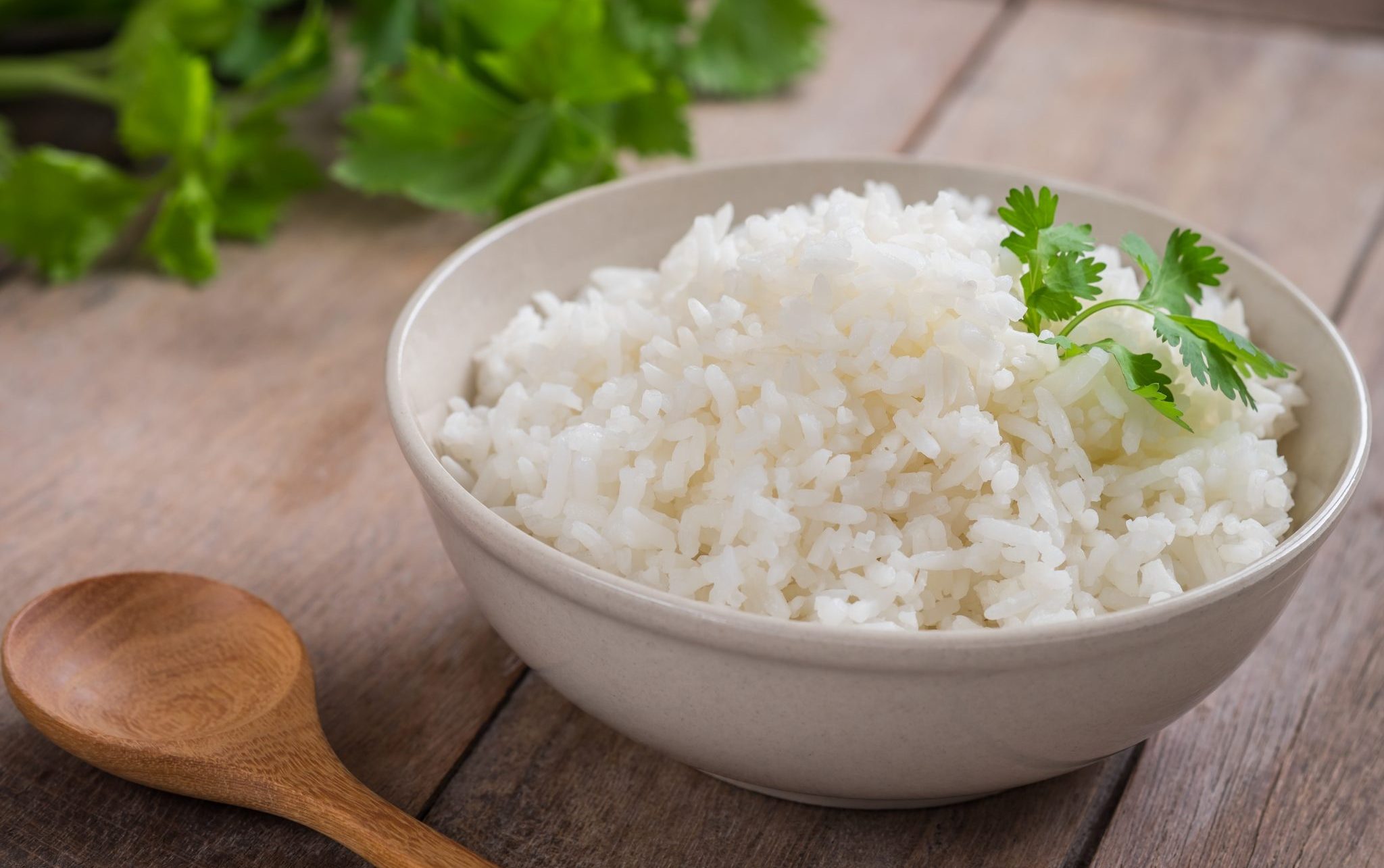
Amount: 100 g
Calories: 130
Carbs: 28.7 g
Fat: 0.19 g
Protein: 2.36 g
Fiber: 1.6 g
Results: White rice is filling and has some nutritional value. However, as a refined grain, some of its nutritional values have been taken away. That’s why brown rice is usually a better choice. It has a lower glycaemic index and more bran, meaning it keeps you fuller for longer and helps with your fiber intake.
Quinoa
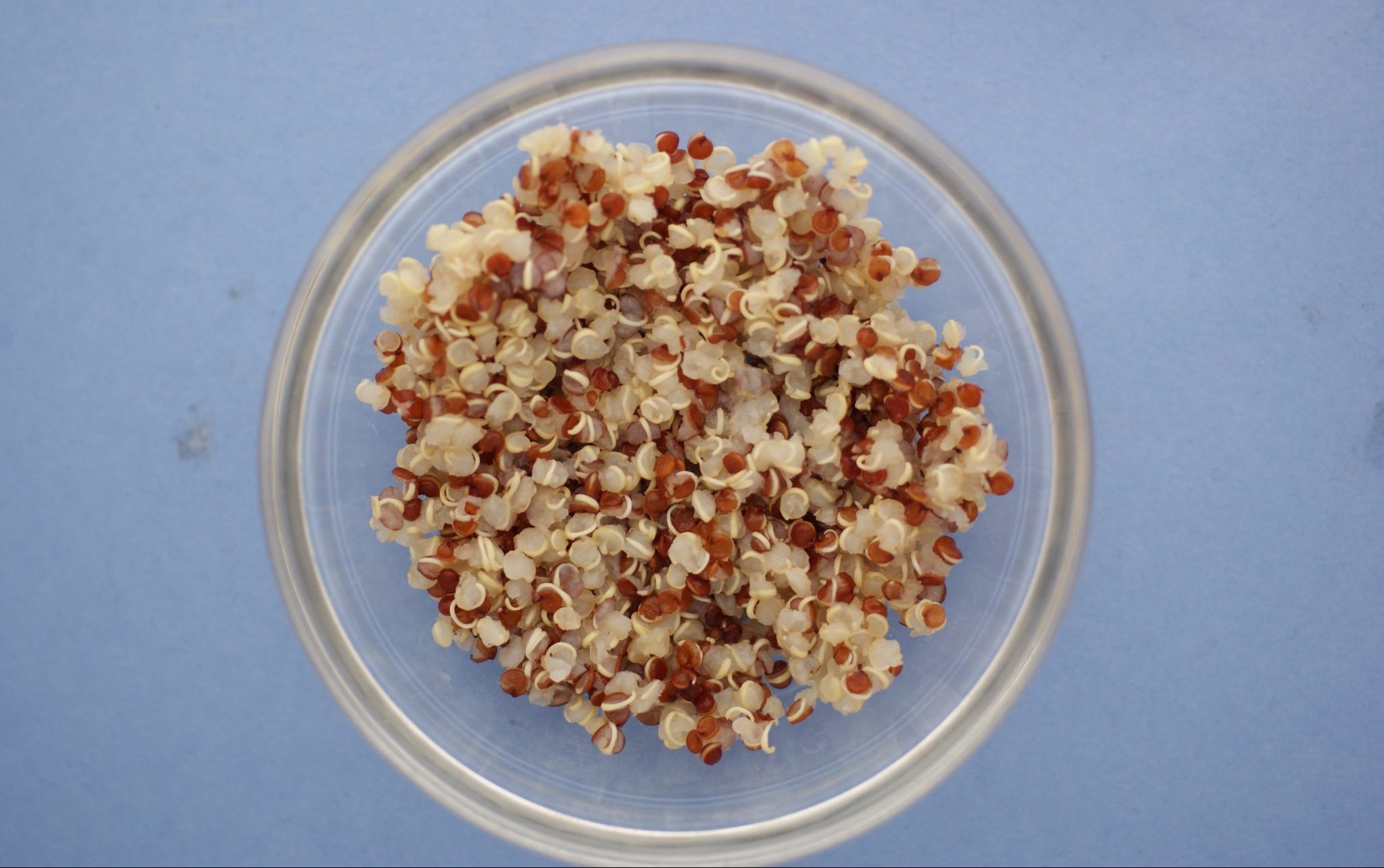
Amount: 100 g
Calories: 120
Carbs: 21.3 g
Fat: 1.9 g
Protein: 4.4 g
Fiber: 2.8 g
Results: Despite being lower carb than white rice per gram, quinoa is anything but a low-carb food. So, if you’re going to Keto, it might be best to give this a miss. However, if you’re not so strict on low-carb, quinoa can be a great nutritional addition to your diet as it’s full of vitamins and minerals, such as manganese, folate, iron, and zinc.
Buckwheat
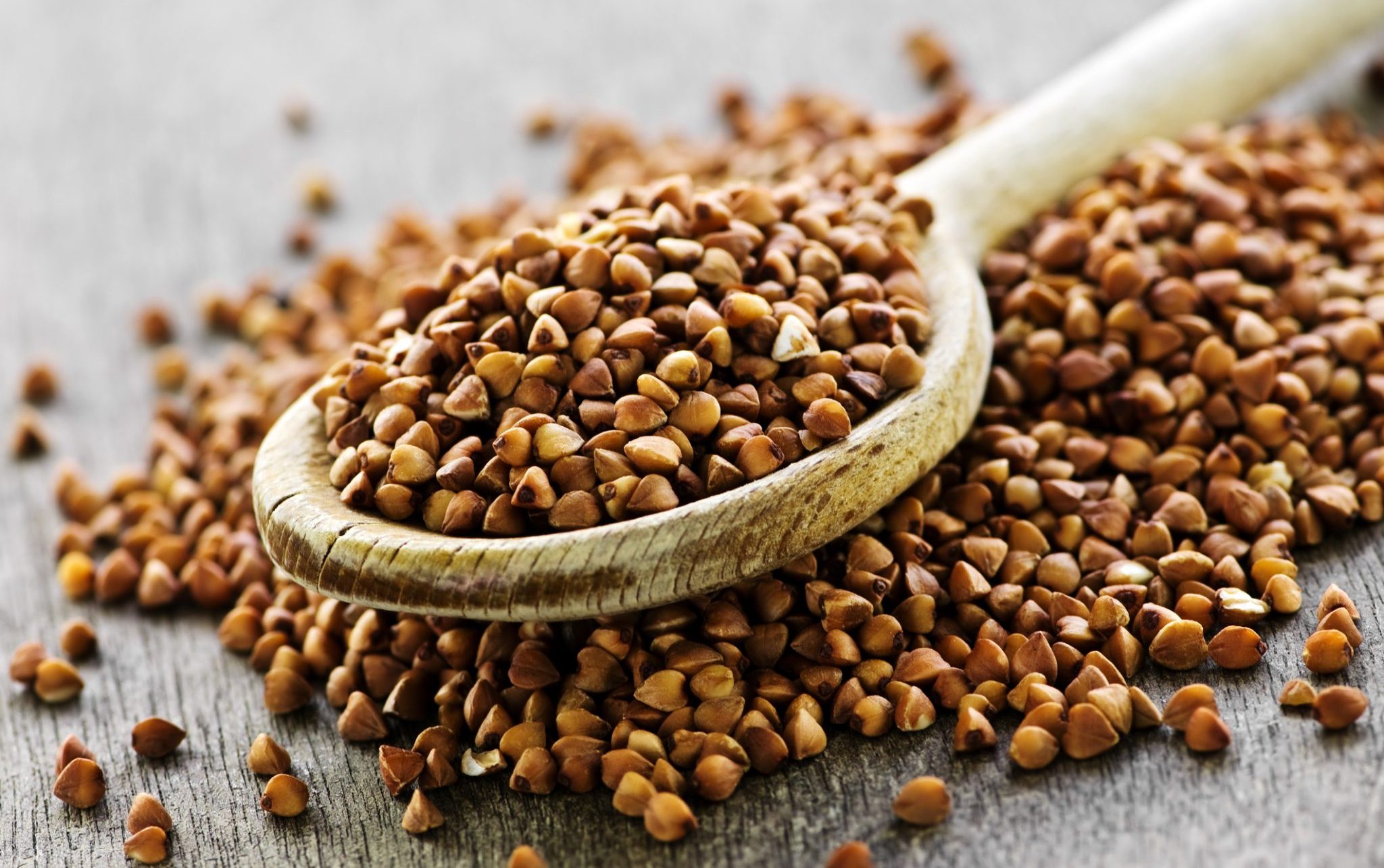
Amount: 100 g
Calories: 343
Carbs: 71.5 g
Fat: 3.4 g
Protein: 13.3 g
Fiber: 10 g
Results: Dense and intensely filling, buckwheat is a true winter-warmer, and it’s good for your colon health, too, with its high fiber content. Full of iron, it can be an ideal accompaniment for those who are a little anemic. However, it’s also reasonably carb-heavy, meaning it’s not so perfect for Keto-based dieters.
Cauliflower rice
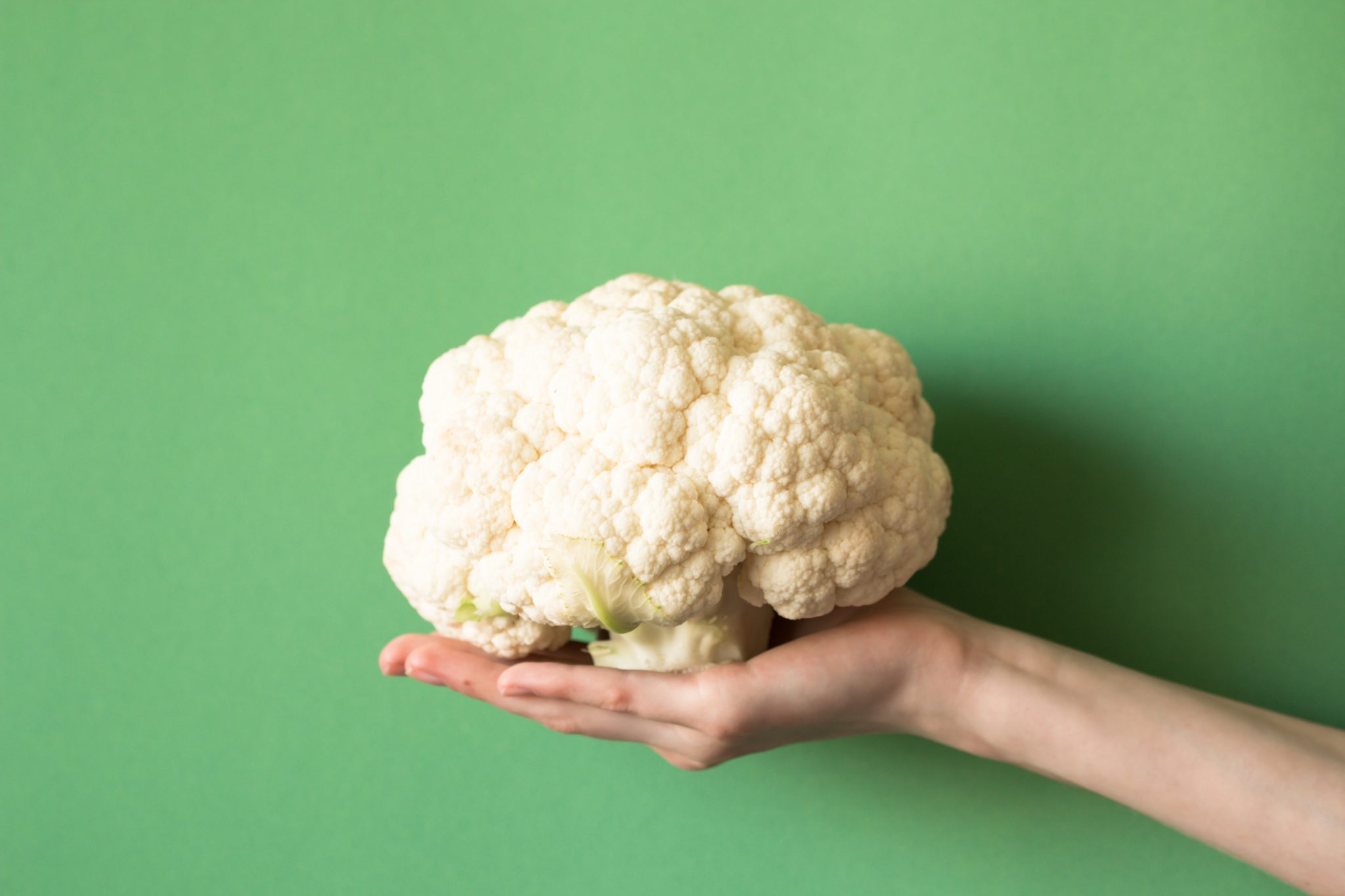
Amount: 107 g
Calories: 27
Carbs: 5 g
Fat: <1 g
Protein: 2 g
Fiber: 2 g
Results: Cauliflower rice is definitely a low-carb, low-fat alternative to watch. Perfect for those looking to watch the pounds but still feel warm this winter season. The only downside, it can be a little low in other nutritional properties too, so make sure you’re getting a diet rich in vitamins and minerals.
Potato
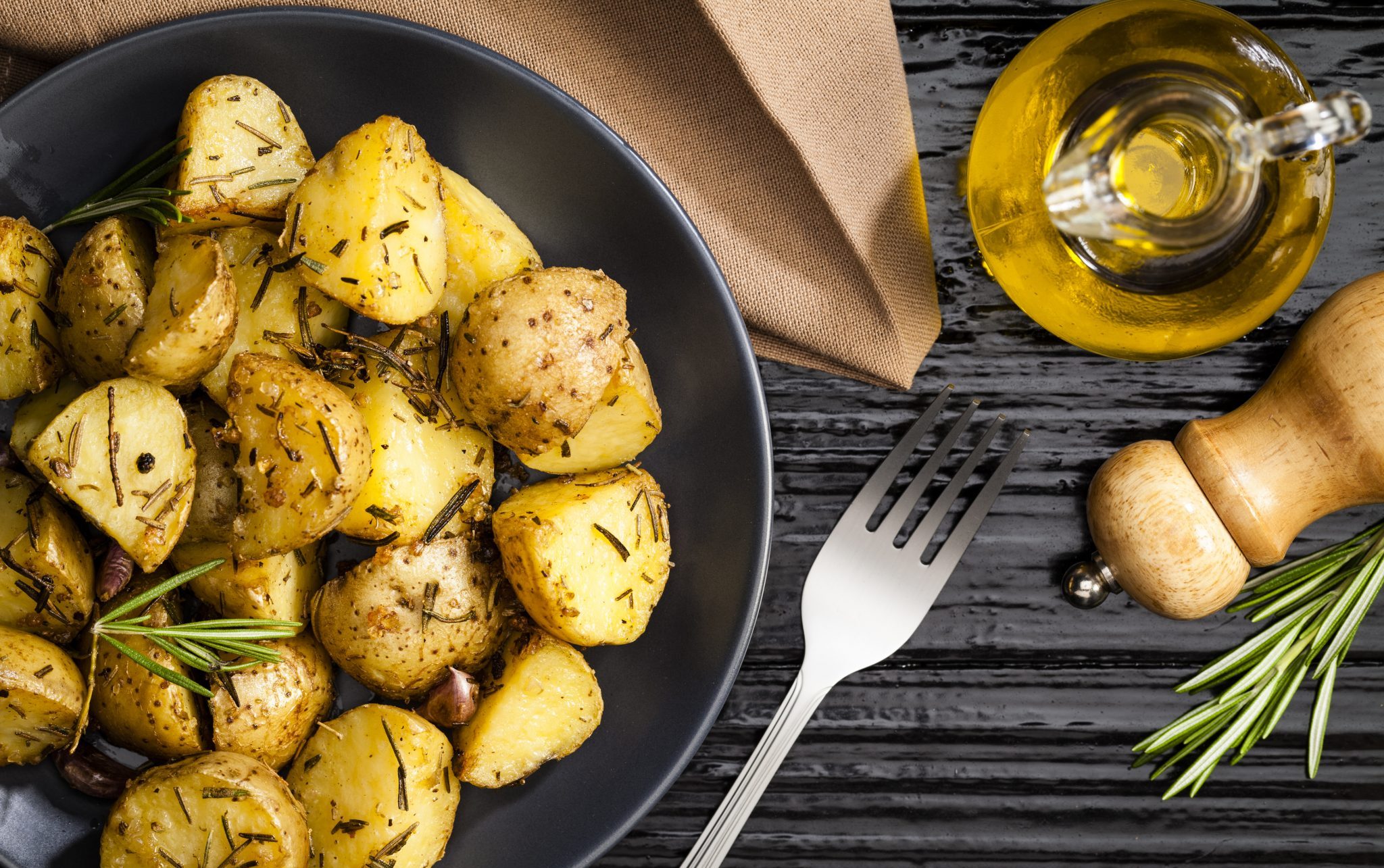
Amount: 100 g
Calories: 75
Carbs: 15.4 g
Fat: 0.1 g
Protein: 2.2 g
Fiber: 1.7 g
Results: Potatoes are a reasonably low-carb dish that has a number of nutritional properties worth checking out. Tasty and diverse, this carb is one to add to the list.
Who wins the carb war?
Quinoa vs Rice vs Buckwheat vs Cauliflower vs Potato – who wins? The truth is that each of our carb contenders today has its own nutritional benefits worth exploring. If you’re going Keto, you may look for the low-carb variants to suit your needs, but if your health goals allow, it’s worthwhile including all these carbs in your diet, just not at the same time. After all, a healthy meal is a balanced meal.

